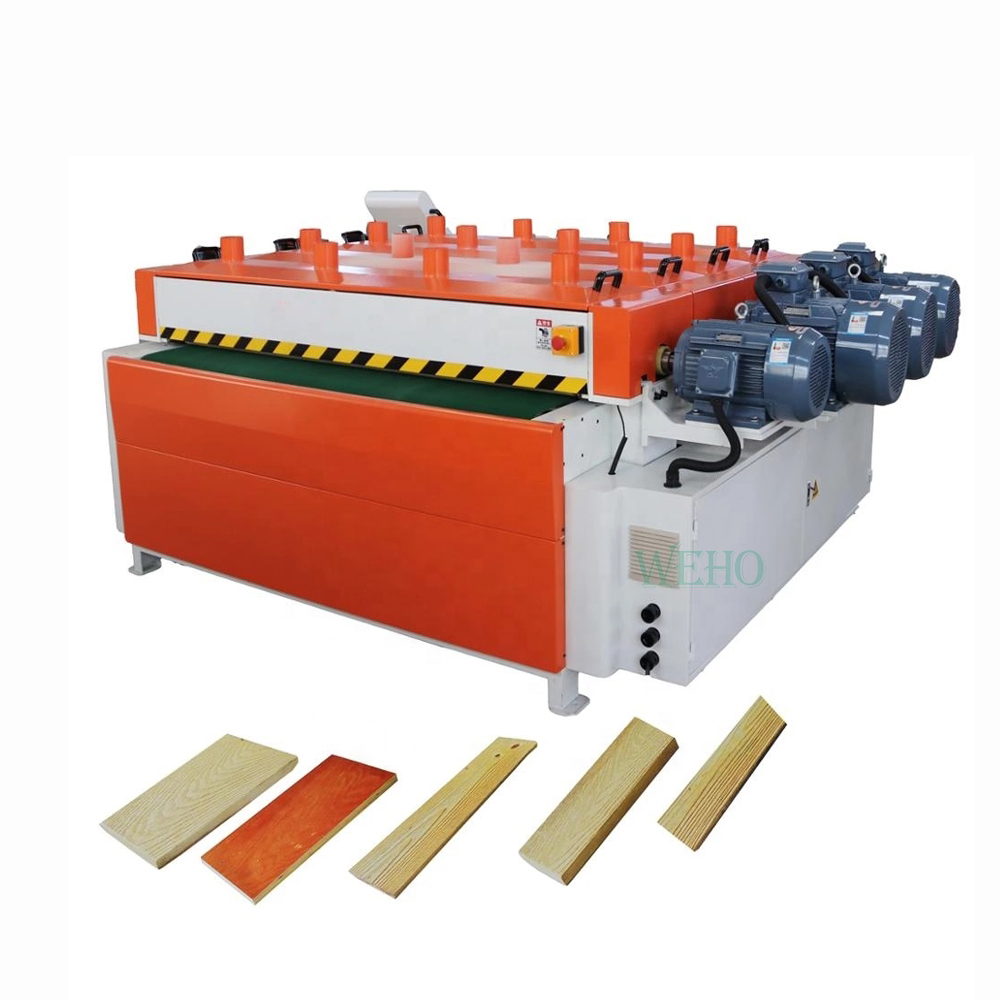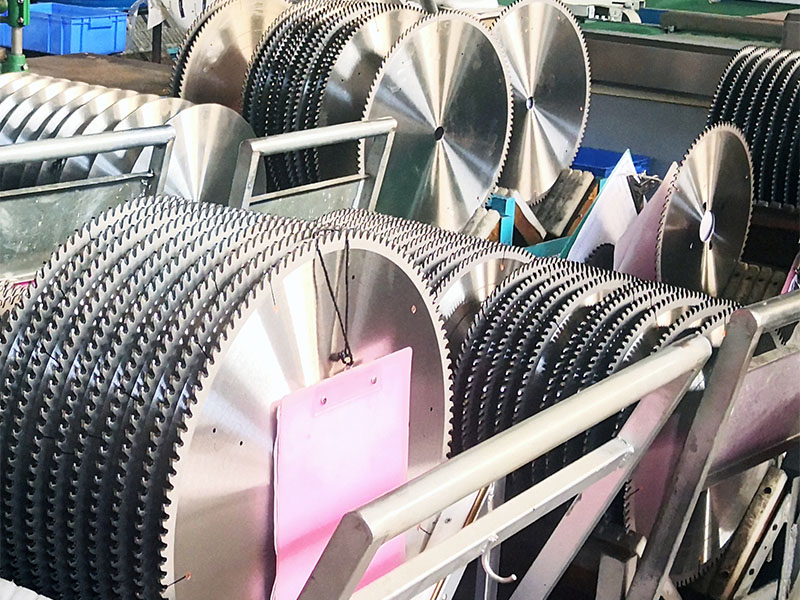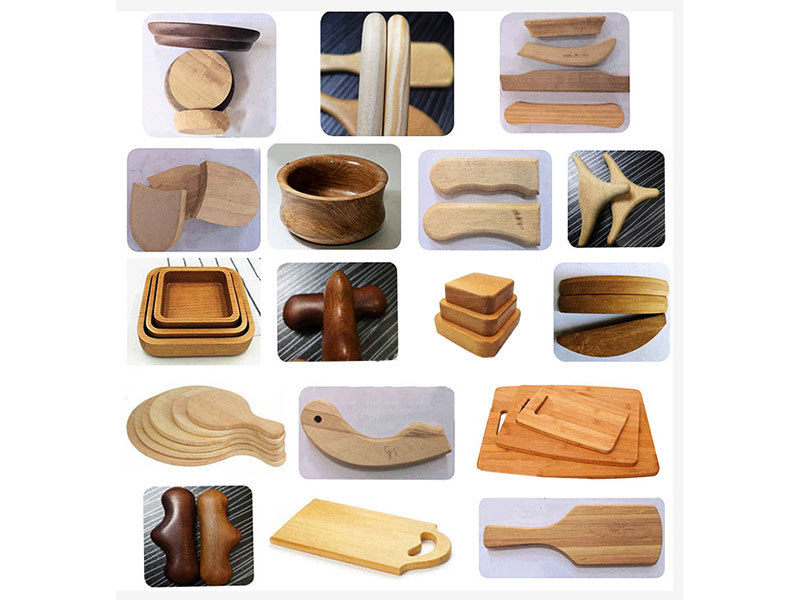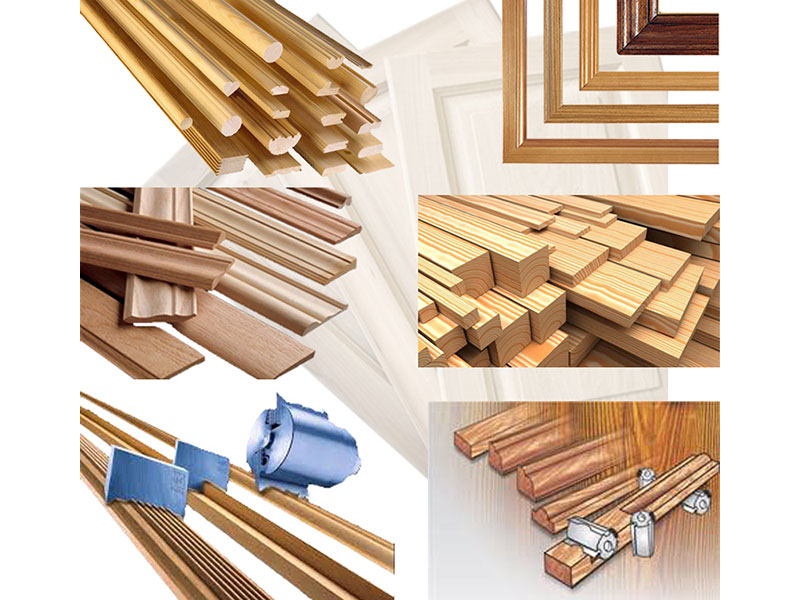
Woodworking Panel Saw Instructions for Use
Woodworking Panel Saw | Correct use of precision panel saws can effectively improve work efficiency and prolong the service life of panel saws.
1. Clean the area around the sliding table saw and workbench before turning on the machine. Check that the saw blade is vertical. When sawing a large area of lumber, place the lumber on the push table, flush with the reference baffle, adjust the positioning baffle, and secure the lumber with the wood frame. Turn on the switch to feed the pusher at a constant speed. Don't be too hard or too fast. Operators should wear masks and noise-cancelling earmuffs. Gloves and loose clothing are not allowed. Long hair needs to be pulled up. When the saw blade rotates, it is inconvenient to directly take out the wood next to the saw blade by hand. Push it away with other longer pieces of wood if necessary.
2. When sawing small size wood, move the push table to a position that does not affect the operation, adjust the distance from the mountain, turn on the switch and feed at a constant speed. After a short period of sawing the wood, use the push rod to push the remaining wood onto the saw blade (depending on the distance between the wood to be processed and the saw blade). Using a push rod when cutting and grooving wood is largely accident-proof.
3. When the cutting surface is too rough or smelly, it should also be closed before inspection and maintenance.
4. The chip removal slot and listening device of the precision panel saw should be cleaned and maintained frequently to eliminate slag accumulation to ensure its flatness. Special reminder: If the precision panel saw is dry cutting, do not cut continuously for a long time to avoid damage to the saw blade. Use water cutting wet saw blades to prevent leakage
5. When cutting aluminum alloys and other metals, special cooling and lubricating fluids should be used to prevent the saw blade from overheating and jamming, thereby affecting the cutting quality of the panel saw.
6. When using the woodworking precision panel saw, the workpiece should be in a fixed state, and the profile positioning should be fixed in strict accordance with the cutting direction. The feed should be balanced and powerful, without side pressure or curved cutting, and without impact contact with the workpiece, to avoid damage to the saw blade or flying out of the workpiece to cause safety accidents. When starting or ending a cut, do not feed too fast to avoid broken teeth or damage to the precision panel saw blade.
7. If there is abnormal noise or vibration during the use of the woodworking panel saw, the operation of the equipment should be stopped immediately, and the fault should be checked for maintenance.
1. Clean the area around the sliding table saw and workbench before turning on the machine. Check that the saw blade is vertical. When sawing a large area of lumber, place the lumber on the push table, flush with the reference baffle, adjust the positioning baffle, and secure the lumber with the wood frame. Turn on the switch to feed the pusher at a constant speed. Don't be too hard or too fast. Operators should wear masks and noise-cancelling earmuffs. Gloves and loose clothing are not allowed. Long hair needs to be pulled up. When the saw blade rotates, it is inconvenient to directly take out the wood next to the saw blade by hand. Push it away with other longer pieces of wood if necessary.
2. When sawing small size wood, move the push table to a position that does not affect the operation, adjust the distance from the mountain, turn on the switch and feed at a constant speed. After a short period of sawing the wood, use the push rod to push the remaining wood onto the saw blade (depending on the distance between the wood to be processed and the saw blade). Using a push rod when cutting and grooving wood is largely accident-proof.
3. When the cutting surface is too rough or smelly, it should also be closed before inspection and maintenance.
4. The chip removal slot and listening device of the precision panel saw should be cleaned and maintained frequently to eliminate slag accumulation to ensure its flatness. Special reminder: If the precision panel saw is dry cutting, do not cut continuously for a long time to avoid damage to the saw blade. Use water cutting wet saw blades to prevent leakage
5. When cutting aluminum alloys and other metals, special cooling and lubricating fluids should be used to prevent the saw blade from overheating and jamming, thereby affecting the cutting quality of the panel saw.
6. When using the woodworking precision panel saw, the workpiece should be in a fixed state, and the profile positioning should be fixed in strict accordance with the cutting direction. The feed should be balanced and powerful, without side pressure or curved cutting, and without impact contact with the workpiece, to avoid damage to the saw blade or flying out of the workpiece to cause safety accidents. When starting or ending a cut, do not feed too fast to avoid broken teeth or damage to the precision panel saw blade.
7. If there is abnormal noise or vibration during the use of the woodworking panel saw, the operation of the equipment should be stopped immediately, and the fault should be checked for maintenance.




